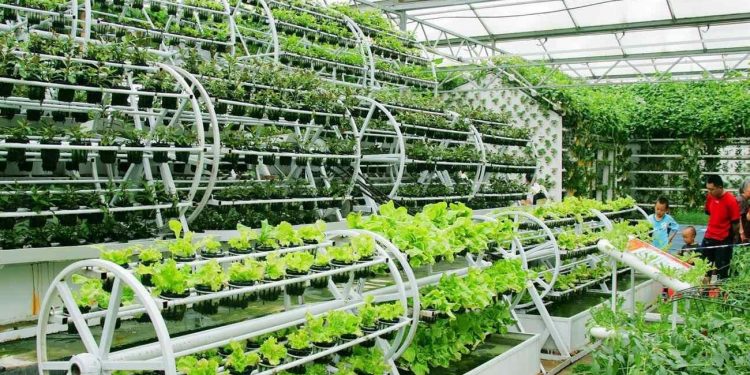The increasing demand for hydroponic greenhouses, driven by the limitations of fertile land and water, highlights the need for sustainable energy solutions. A recent study explores the feasibility and environmental impact of integrating photovoltaic (PV) cells to meet the energy needs of a commercial hydroponic greenhouse in Alborz province.
Energy and Environmental Analysis
In an effort to promote sustainable development, particularly in energy usage within hydroponic greenhouses, researchers Hassan Ghasemi-Mobtaker, Fatemeh Sadat Ataiee, Asadollah Akram, and Ali Kaab conducted a comprehensive energy and life cycle assessment (LCA). The study gathered data from a 3000 m² strawberry hydroponic greenhouse through on-site visits, surveys, and measurements.
The findings revealed that the total input energy during a production period amounted to 8652.20 GJ ha⁻¹. The energy ratio, net energy, and energy productivity were calculated as 0.03, -8424.20 GJ ha⁻¹, and 0.20 kg GJ⁻¹, respectively. Notably, natural gas accounted for the highest input energy use, followed by electricity, while biocides, human labor, and chemical fertilizers had the lowest energy consumption.
Life Cycle Assessment Results
The LCA results indicated significant environmental impacts associated with the use of natural gas, which had the greatest effect on resource damage costs, amounting to $724.69 per ton of strawberries. This underscores the need for cleaner energy sources to mitigate environmental damage and improve sustainability in greenhouse operations.
Feasibility of Solar Energy Implementation
The study also assessed the practicality of employing photovoltaic cells to generate electricity from solar radiation. It concluded that approximately 120 m² of solar cells would be required to meet the electricity needs of the greenhouse, covering about 4% of the greenhouse roof. The integration of solar cells was found to enhance both energy and environmental indicators, demonstrating the potential for significant improvements in sustainability.
Implications for Investors and Entrepreneurs
The integration of solar power in hydroponic greenhouses presents a promising opportunity for investors and entrepreneurs in the agricultural sector. By reducing reliance on natural gas and other non-renewable energy sources, greenhouse operators can lower operational costs and minimize their environmental footprint. The study’s findings highlight the potential for solar energy to play a crucial role in the future of sustainable agriculture, making it a worthwhile consideration for those seeking to invest in or develop eco-friendly farming solutions.










